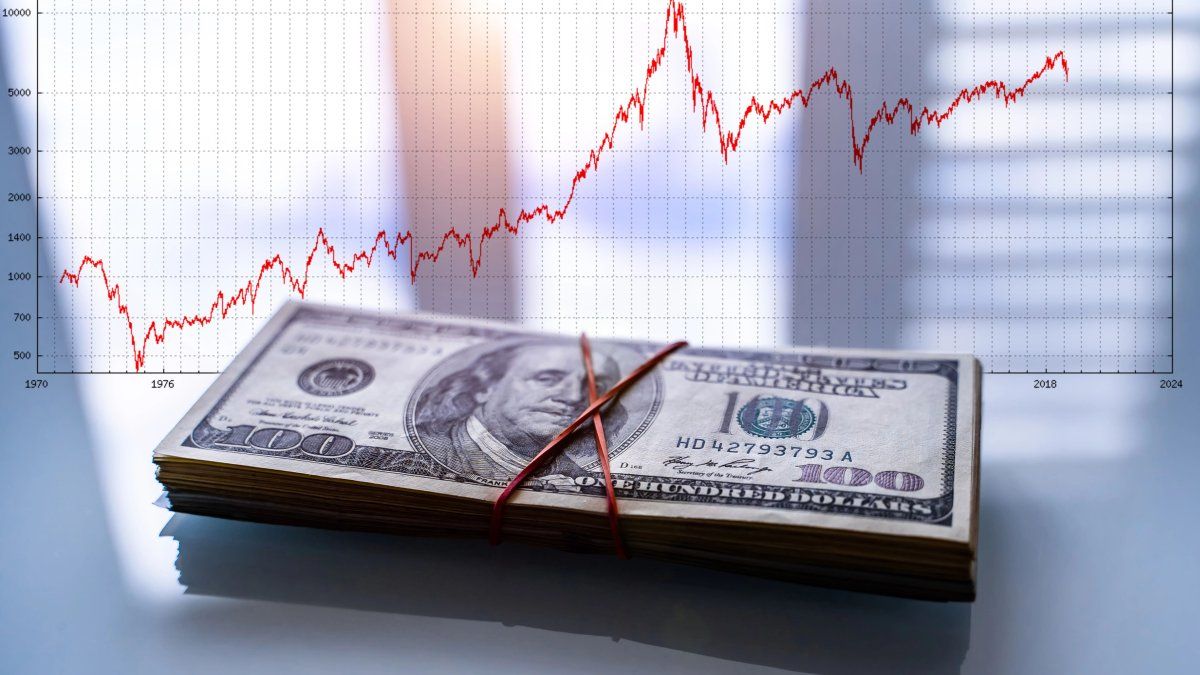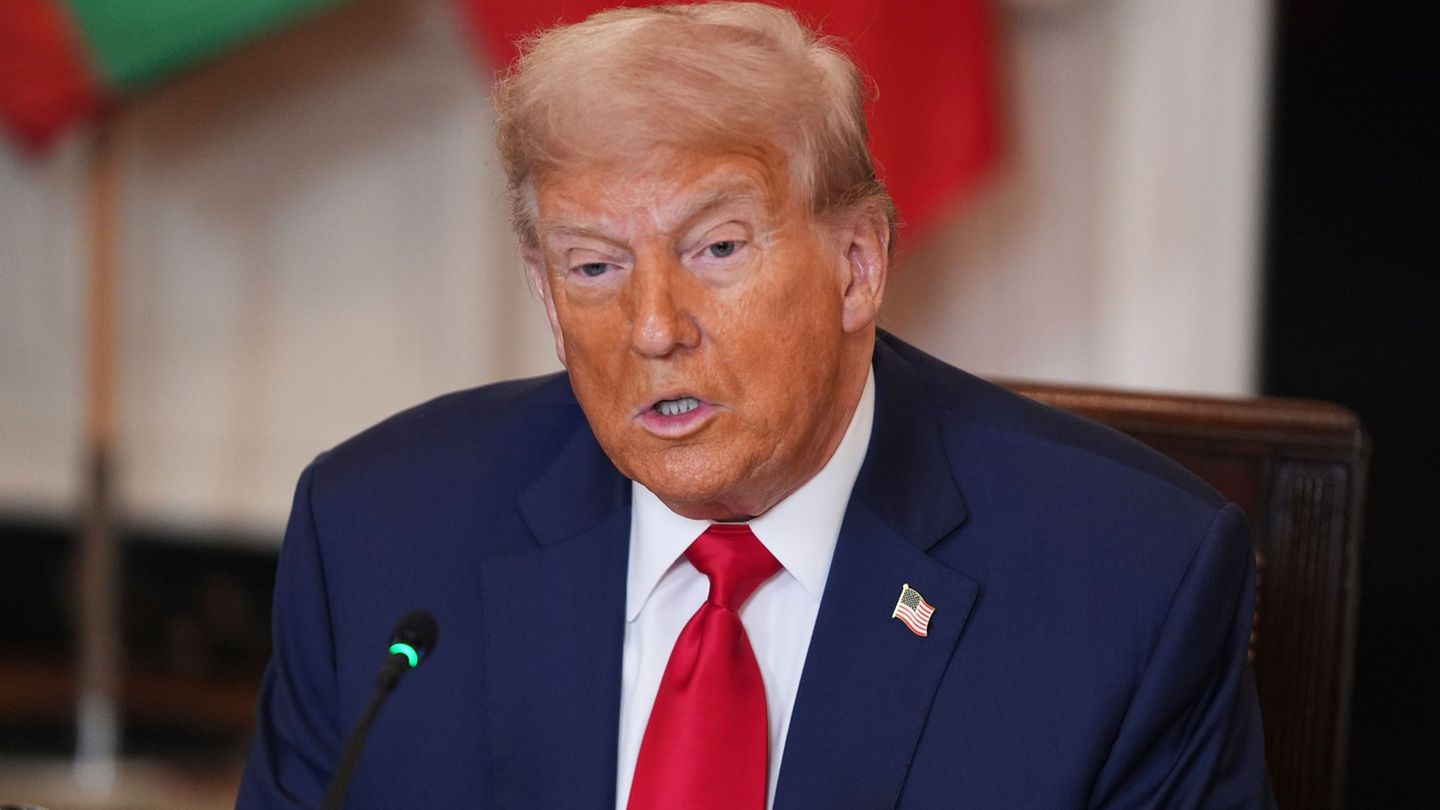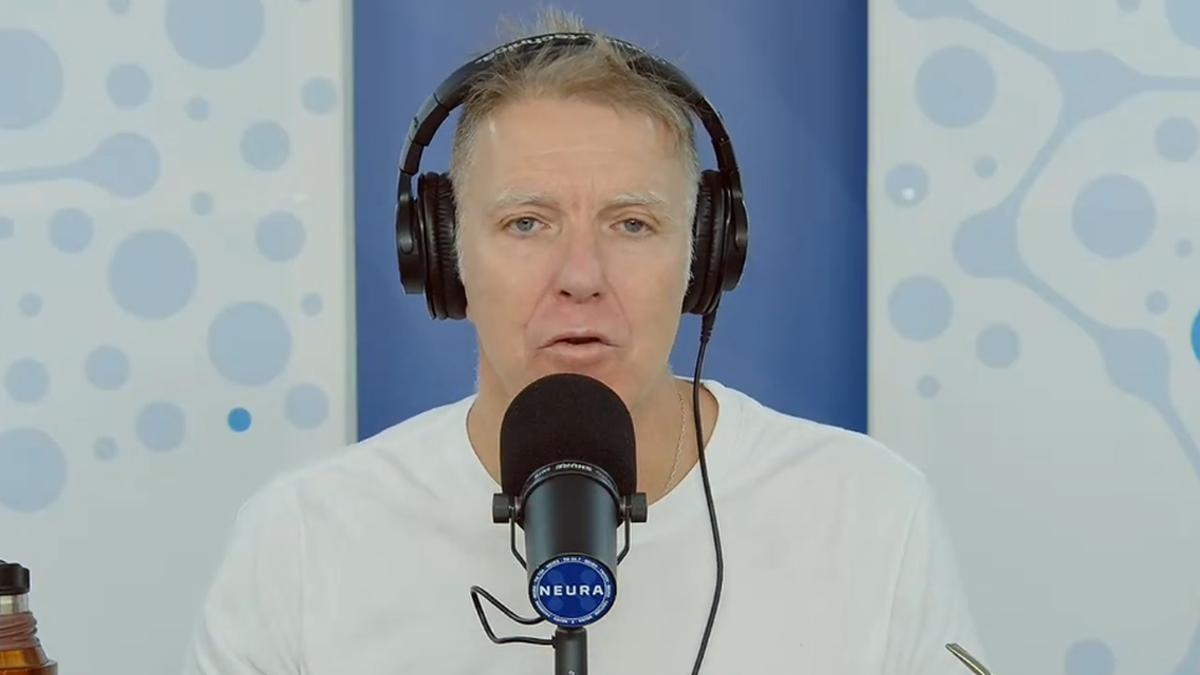Futures with closure at the end of April climbed 5.8% and closed at $ 1,190 (+$ 65), while those of May were $ 1,232 (+4.3%). These quotes imply implicit annual nominal rates greater than 190% and 105%, respectively. On the other hand, if the current scheme was maintained, the official dollar should close April at $ 1,084.6 and May at $ 1,095.5.
An important volume was recorded, which reached US $ 1,463 million. The market was surprised by the abrupt rise rise in all deadlines, about that end of the month rose $ 65 (5.8%), leaving an implicit rate in 190.78%. “It seems that the market anticipates a possible adjustment in the exchange rate after the impending IMF disbursement”they pointed out from ABC Market of Changes.
“The opening showed mixed movements, but as the wheel advanced, the market was taking a more defined position. Towards the closure, April’s behavior began to spread the rest of the curve, and there was a messy closure with strong generalized riseshighlighting April and May, which closed with implicit of 190% and 100%, respectively, “they said from ADCAP.
The prices jump was given in an expectant market for the details of the new program with the IMFand with increasing uncertainty about the continuity of the managed exchange rate. Analysts do not rule out that the agreement implies the elimination of the Blend dollar – the scheme that allows liquidation of 20% of exports in cash – although with a compensatory devaluation for exporters.
As the contract term extends, the rise is moderated. By June, futures rose 2%; for July, 1.5%; and for August, only 0.77%. Meanwhile, the price agreed for the end of the year remained stable at $ 1460, and the February 2026 contract dropped 0.7% to $ 1505.
Meanwhile, The Central Bank failed to reverse the selling trend. This Thursday came from other US $ 62 million in a low volume wheel (US $ 280 million), which implied an official intervention equivalent to 22% of the total operated.
Since mid -March, when doubts about the exchange strategy were intensified, the BCRA has already sold US $ 2,090 million in the official market. If the intervention in financial dollars (MEP and CCL) adds, sales exceed US $ 4,000 million, a figure equivalent to everything the entity had bought in the year until the outbreak of tension.
In that context, the wholesale dollar fell $ 0.25 and closed at $ 1077, while the gross reserves of the central receded at US $21 million and ended at US $24,712 million, the lowest level in 15 months.
The government already talks about a new exchange scheme and prepares to eliminate it
The Government began to give concrete indications about an imminent new exchange scheme, after announcing today the renewal for 12 months of the SWAP activated section with China, for a total of US $ 5,000 million.
The information was disseminated by the Central Bank of the Argentine Republic (BCRA), which explained that the agreement reached with the Popular Bank of China (PBOC) will allow to continue using these funds until mid -2026.
In the official statement, the BCRA argued that this renewal allows to “reduce the risks in its transition to a consistent and sustainable exchange and monetary regime, in a challenging international context for external capital flows.”
This language was interpreted by market analysts as an advance of the new flotation regime administered with exchange bands, which would be announced in the next few days along with the new agreement with the International Monetary Fund (IMF).
The incentive of a more competitive parity and the temporary decrease of retentions are already generating expectations of greater sales volume.
In parallel, analysts warn about an inflationary rebound due to the impact that this rise in regulated prices would have such as gas, light and fuels, all tied to the exchange rate.
Although the government avoids talking about devaluation, in practice the new scheme would imply a rise of up to 20% in the official wholesale dollar, today around 1,076 pesos.
The formal announcement is expected after the confirmation of the technical agreement with the IMF.
Source: Ambito
I am a 24-year-old writer and journalist who has been working in the news industry for the past two years. I write primarily about market news, so if you’re looking for insights into what’s going on in the stock market or economic indicators, you’ve come to the right place. I also dabble in writing articles on lifestyle trends and pop culture news.




